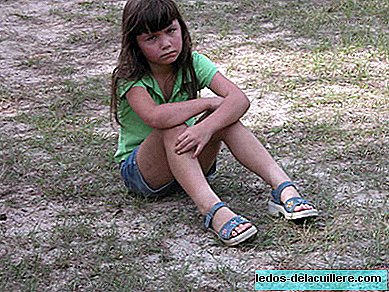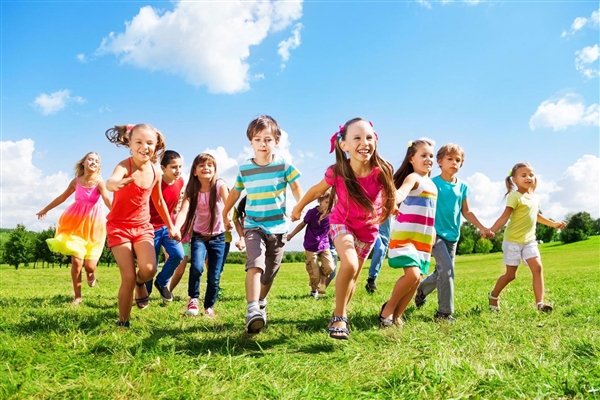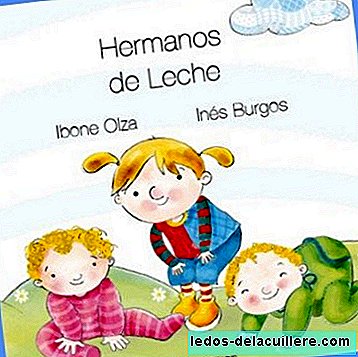
It was earlier this year that I told you about "the Kiko rule" as a tool to prevent sexual abuse of minors. In Spain, a campaign coordinated by the Federation of Associations for the Prevention of Child Abuse (FAPMI) is carried out. They promote information and dissemination of the incidence of this fact, and also the creation of a network of entities that work in the field, as well as adequate social awareness.
At the European level, an important step was taken when on July 1, 2010, the Council of Europe Convention for the protection of children against sexual exploitation and abuse (known as the "Lanzarote Convention") entered into force. It is the first international instrument in which sexual abuse of children is considered a crime regardless of who the author is (a relative, an institution, organized crime, ...)
I already told you that all the actions of prevention of child sexual abuse promoted by the Council of Europe and FAPMI are articulated around the affirmation that "one in five children" suffer, and in this case the statistics are very important, as much as the claim to reduce the figure to zero.
But is it really about ONE of every FIVE children?
The estimated ONE figure for each FIVE results from a combination of results from various studies conducted by research teams in Europe, and coincides with the statistics presented by UNICEF, the International Labor Organization and the World Health Organization.
ONE of each FIVE is a figure that applies to all of Europe, but does not exclude frequency differences from one country to another. Studies in non-European countries, such as the United States and Canada, show a similar level of frequency.
Nowadays, it is difficult to get an accurate idea of the real situation due to the following reasons:
A large number of cases of sexual violence remain unreported
The studies carried out have different objectives and use different methods and definitions.
Conducting interviews with children and adolescents raises ethical issues.
Professionals working with and for children (for example, in institutions) lack guidelines and procedural tools to report sexual violence against children and adolescents.
Some children lack appropriate instruments and means to report the sexual violence to which they are subjected, such as children unable to express themselves, very young, with intellectual disabilities, severely traumatized, etc.
Child sexual abuse is a more everyday reality than we would like to recognize. At the same time, it is a hidden reality. It is so much because of its inherent criminal nature (the aggressor will try by all means that his acts are not revealed), but also because of the silence to which the victims are convicted. This silence is due on the one hand to the manipulation strategies exercised by the abuser, and on the other to the defenseless situation in which the children and adolescents victims find themselves due to evolutionary reasons and the limitations of their age
How can we know what “child sexual abuse” refers to?
When talking about this topic we refer to contacts or interactions between a child and an adult, when the adult (aggressor) uses a minor person to sexually stimulate himself, the minor or another person (which can be, in turn, an adult or another minor person ).
The aggressors are usually adults known to children and adolescents, but sometimes they can also be minors.
exist different forms of sexual abuse. It is possible to differentiate between those that require physical contact (rape, incest, pornography, child prostitution, sodomy, touching, sexual stimulation ...) and without physical contact (indecent request to a child or explicit verbal seduction, sexual act or masturbation in the presence of a child, exposure of sexual organs to a child, promote child prostitution and pornography, corruption of minors ...).
I suppose that many parents do not even want to hear about child sexual abuse, but although we close our eyes this reality does not disappear from society. Thus Information is the best tool to deal with it. And communicating with our children our best asset to prevent it and (if it happens) to face it.












